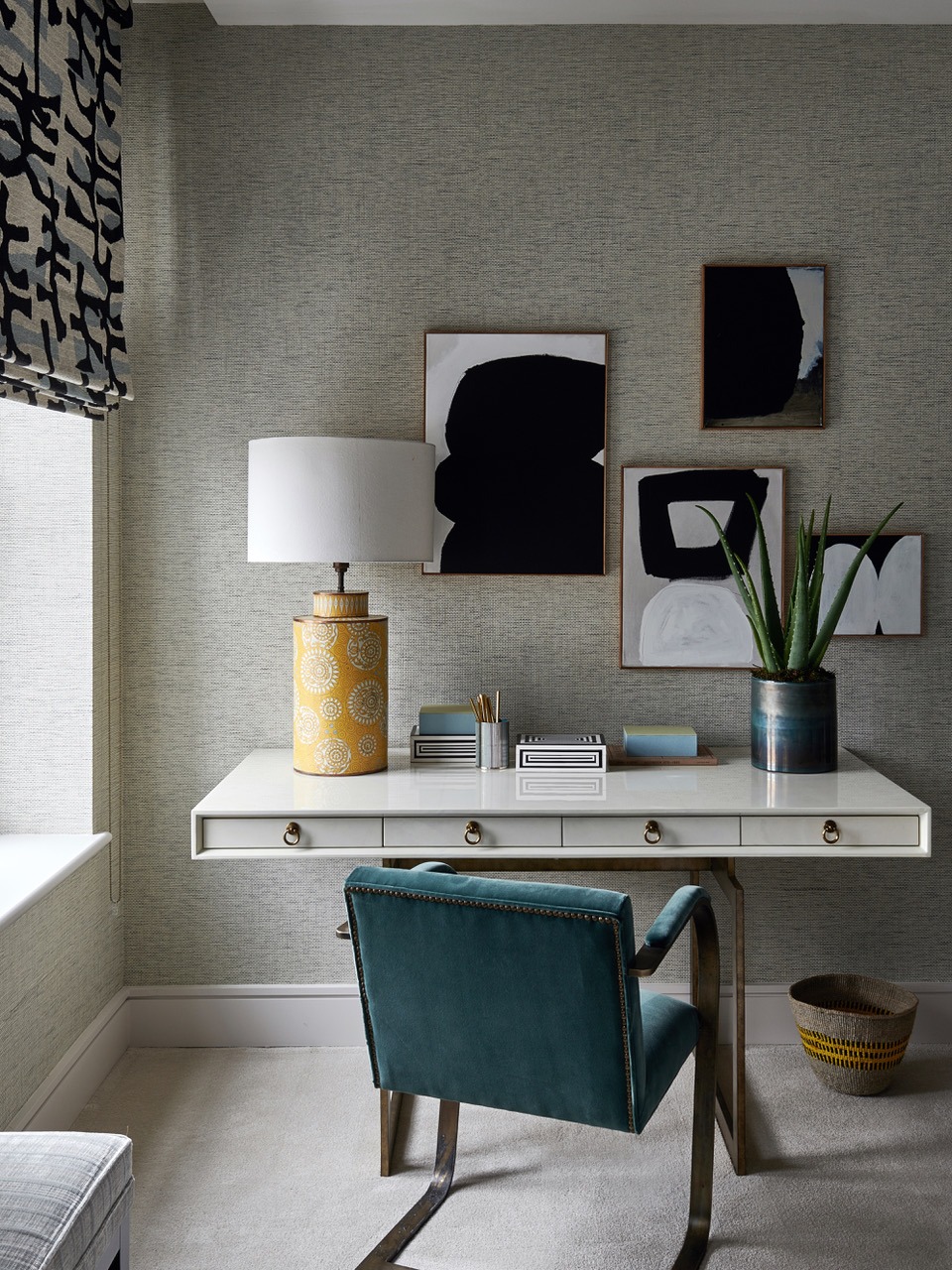Designing Home Offices
As the work-from-home shift continues, maximizing underutilized spaces for multifunctional use has become paramount.
As office functions colonize home space, there is a greater need for limited spaces to function both aesthetically and practically, and being able to carve a work focus-friendly node into a home has become an integral part of the interior landscape. But today’s study is not simply a one-function room filled with office paraphernalia and stationery.
Instead, what should be created are multifunctional environments encompassing the role of
study, library and media room within a broader setting.


How does one design such an area? A strong focus on smart architectural solutions that help to maximize every inch of available space and opts for multifunctional furniture where possible is crucial. While adequate forethought and planning in terms of practical necessities, such as lighting, electric sockets and shelving with the correct measurements, ensure that it is highly functional. Adjustable furniture, such as shelves that can be manipulated manually to allow for various size objects.

With square footage at a premium, and dedicated studies mostly a thing of the past, unexpected areas are being turned into practical spaces. Landings, corridors, entrance lobbies and the often-overlooked spaces under staircases can be converted into functioning workstations, the HZI team points out. For instance, a desk instead of a bedside table can create a versatile and visually pleasing workspace in the bedroom; while a table in a living area can double up as desk, console and dining surface.





It is important to go beyond the traditional definition of ‘desk’ or ‘shelves’, or how it must be used to achieve a seamless, successful look. Considered use and styling of these areas can bridge the gap between functional and aesthetical to ensure that the office space ties into the overall interior-design language of the home, whether it is a modernist design or more classic approach reminiscent of a gentleman’s library. As these spaces are not used 24/7, it can pull off a more visually dynamic style than frequently used areas and thus offer the ideal opportunity to create beautifully styled vignettes with objects, art and collections, books, and accessories.



The addition of a work area can also help to subdivide larger rooms in a clear, concise manner. A large bedroom, for instance, can be dichotomized into a lobby or entrance area with a snug nook for work and a beautiful, serene sleeping area. To this effect, a shelving unit can also fulfil many roles: acting as a display surface for books and other items, whilst also visually dividing a room, creating a sense of expectation as it pulls you into the space further to explore.



